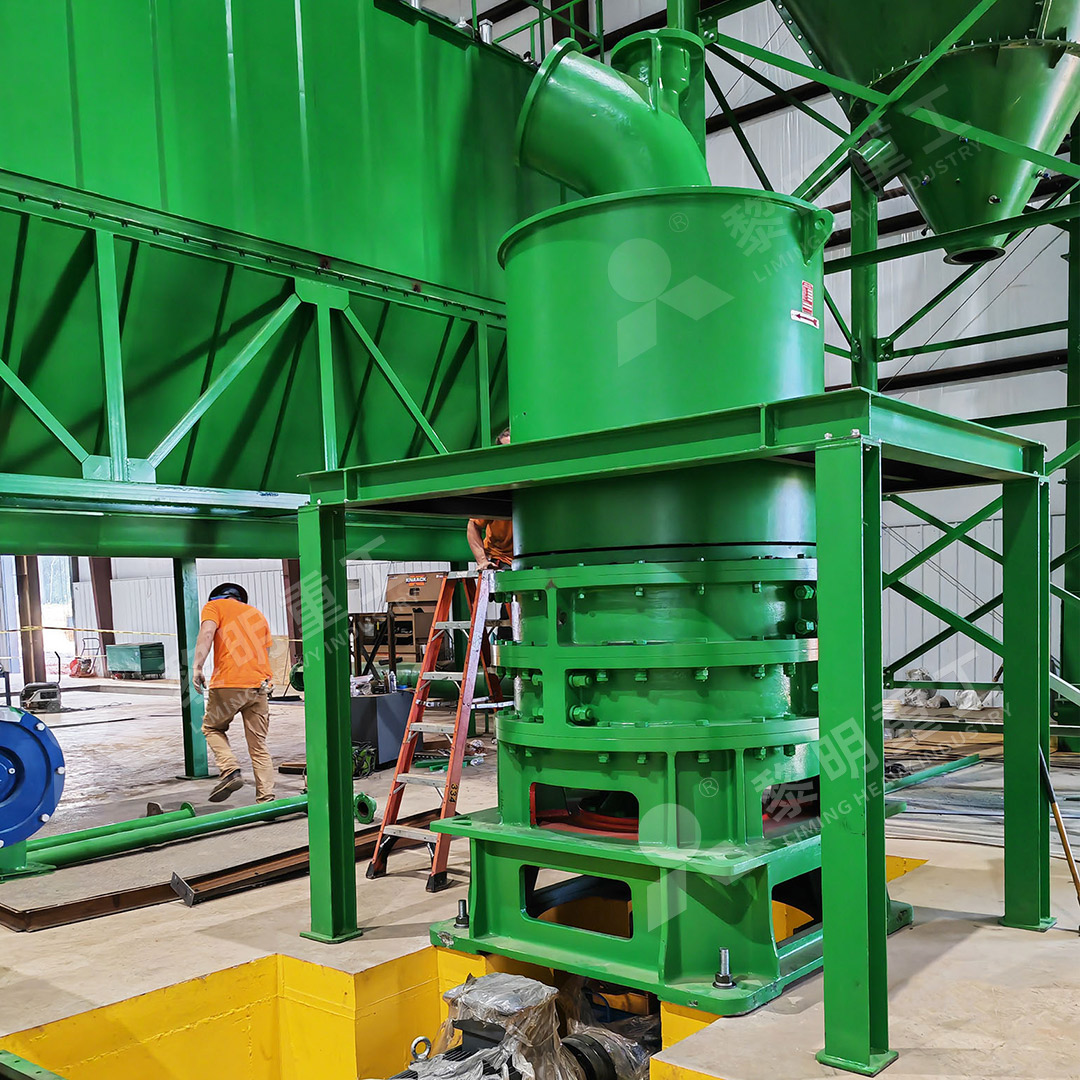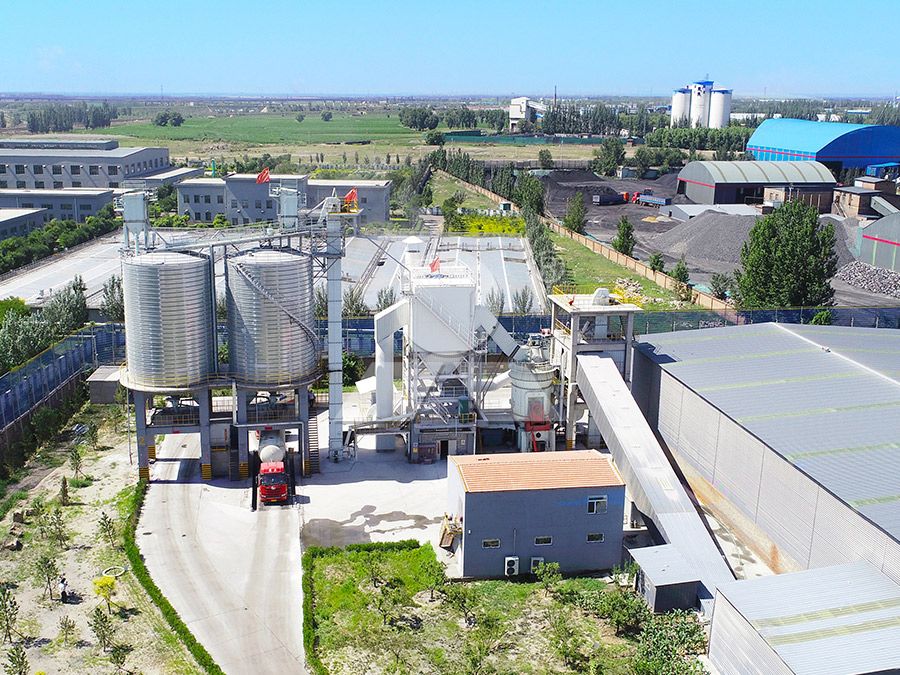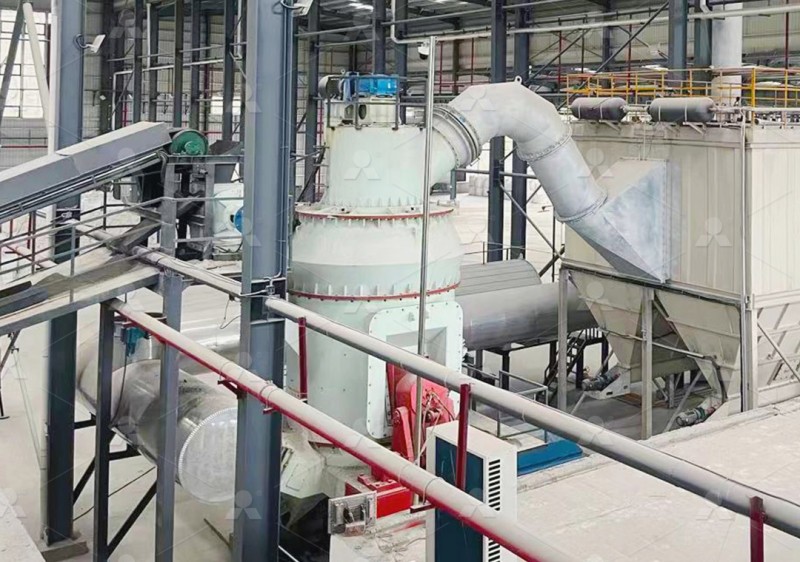How Much Does a Slag Grinding Mill Machine Cost?
How Much Does a Slag Grinding Mill Machine Cost?
As an industrial equipment specialist with over fifteen years of experience, I’ve found this to be one of the most common yet complex questions from plant managers and procurement officers. The truth is, there’s no single price tag that applies to all situations. The cost of a slag grinding mill depends on numerous factors that must be carefully evaluated against your specific operational requirements.
Key Factors Influencing Slag Grinding Mill Pricing
When budgeting for a slag grinding mill, consider these critical elements that directly impact the final investment:
Capacity Requirements: The throughput capacity you need represents one of the most significant cost drivers. Mills processing 5 tons per hour will naturally cost substantially less than those handling 50 tons per hour. Your production volume directly correlates with the machine size, motor power, and structural requirements.
Fineness Specifications: The required product fineness dramatically affects equipment selection and cost. Achieving 325-mesh powder requires different technology than producing 2500-mesh ultra-fine powder. Higher precision separation systems and specialized grinding mechanisms command premium pricing.
Technology Level: Basic Raymond mills represent the entry-level price point, while advanced vertical mills with integrated drying, grinding, and classifying functions sit at the higher end. The technology gap translates to differences in energy efficiency, automation, and operational stability that justify the investment differential.

Understanding the Technology Spectrum
The grinding mill market offers solutions across a wide technological spectrum. Traditional ball mills provide the most economical entry point but suffer from higher energy consumption and limited fineness control. Raymond mills offer improved efficiency for medium-fine applications. The most advanced solutions come from vertical roller mills and specialized ultra-fine grinding systems that deliver superior performance but require higher initial investment.
For operations requiring ultra-fine powder production between 325-2500 meshes, I frequently recommend considering our MW Ultrafine Grinding Mill. This machine incorporates German cage-type powder selector technology that effectively increases separation precision. With an input size of 0-20 mm and capacity ranging from 0.5-25 tph, it’s particularly well-suited for slag processing applications where precise fineness control is critical. The absence of rolling bearings and screws in the grinding chamber eliminates concerns about bearing damage or loose screw-related failures, significantly reducing maintenance costs over the equipment lifecycle.
Beyond the Purchase Price: Total Cost of Ownership
Savvy buyers look beyond the initial equipment price to evaluate the total cost of ownership. This comprehensive approach considers:
Energy Consumption: Modern vertical mills typically consume 30-40% less power than traditional ball mills. For continuous operations, these savings quickly offset higher purchase prices.
Maintenance Requirements: Equipment with external lubrication systems, reversible structures for easy maintenance, and durable wear parts made from specialized alloys dramatically reduce downtime and replacement part costs.
Operational Efficiency: Mills that integrate multiple processes (crushing, drying, grinding, classifying) save on auxiliary equipment costs and reduce labor requirements.

For operations prioritizing high capacity with integrated functionality, the LM Vertical Grinding Mill presents an excellent solution. Handling input sizes up to 70 mm with capacities ranging from 3-340 tph, this system integrates crushing, drying, grinding, classifying and conveying in a single unit. Its occupational area is approximately 50% smaller than equivalent ball mill systems, while energy consumption is reduced by 30-40%. The materials’ short retention time in the grinding mill reduces repeated grinding and makes it easier to control product grain size and chemical composition.
Making the Right Investment Decision
Selecting the appropriate slag grinding mill requires balancing your current budget with long-term operational efficiency. While entry-level equipment might seem attractive initially, the higher energy consumption and maintenance costs of older technology often make advanced vertical mills more economical over a 5-year operational horizon.
I advise clients to carefully document their specific requirements regarding feed material characteristics, desired output specifications, production volume, available space, and environmental considerations before requesting quotations. This preparation ensures you receive accurate pricing for equipment that truly matches your operational needs rather than comparing base models that may be insufficient for your application.

Frequently Asked Questions
What is the typical price range for a slag grinding mill?
Prices vary dramatically based on capacity and technology. Small Raymond mills might start around $50,000, while high-capacity vertical grinding systems can exceed $1,000,000. Most medium-scale operations investing in modern vertical mill technology should budget between $200,000-$500,000 for a complete system.
How does slag moisture content affect mill selection and cost?
High moisture slag requires mills with integrated drying capabilities, which increases complexity and cost. Vertical mills with hot air systems typically add 15-25% to the equipment cost compared to basic grinding-only systems but eliminate the need for separate drying equipment.
What operational costs should I anticipate beyond the equipment purchase?
Factor in power consumption (typically the largest ongoing cost), wear part replacement (grinding rollers, liners), preventive maintenance, and operator training. Modern mills with energy-saving features and durable components can reduce these costs by 30-50% compared to conventional technology.
How long does installation and commissioning typically take?
For standard systems, expect 2-4 weeks for installation and commissioning. Complex integrated systems might require 6-8 weeks. Proper site preparation and foundation work before equipment arrival can significantly reduce this timeline.
